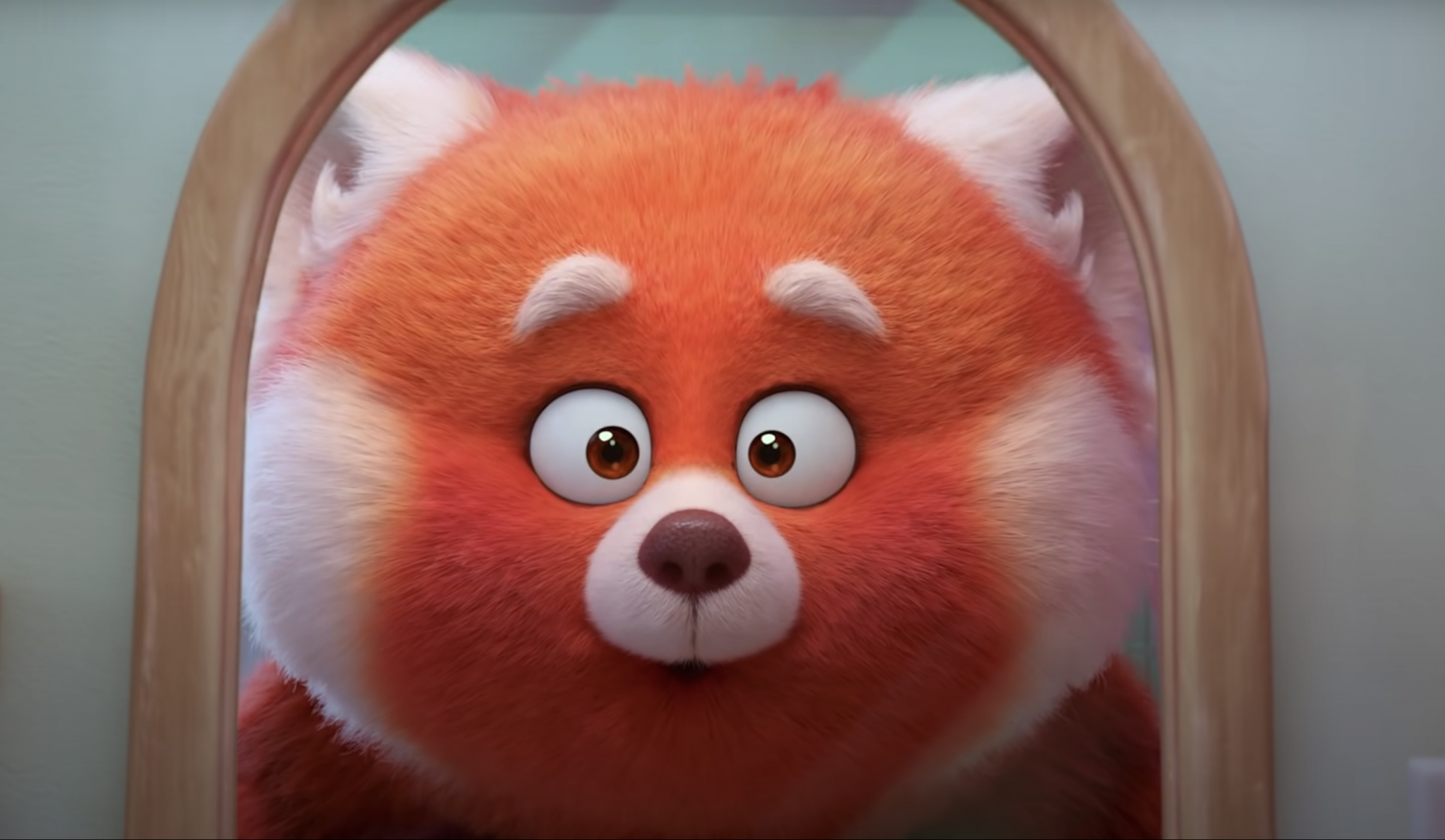A review of Pixar’s latest film “Turning Red”

Pixar has been one of the most relevant animation studios for nearly 30 years. Whereas the products of some studios have become formulaic and drab, Pixar has continued to innovate the genre creating modern classics like Toy Story (1995), Finding Nemo (2003), Up (2009) – the list goes on.
Before watching Turning Red it had been a while since I’d watched a Pixar movie and I wasn’t expecting much but it’s times like these where I’m happy to be incorrect.
Turning Red isn’t Pixar’s best film, but it doesn’t have to be. It’s a fleshed-out rock-solid film that I’d happily watch again. Like many good films, it brings something new to the table, in this case, it was the presentation and style.
There is a constant flow and satisfying tempo the film carries from scene to scene. It helps Turning Red create its own aesthetic, thereby separating itself from other films of the genre. The cutting between angles all feels very natural, you wouldn’t notice it unless it was being looked for.
The animation is easily the best part of the film as everything on-screen moves seamlessly. They got the same director that did the short film Bao (2018) which likely helped the animation look pristine. There was even a little homage to Bao in the form of a dramatic cooking scene which is one of the most realistic animated sequences that I have ever seen. The film is worth watching for this scene alone.
The movements of the characters all feel very deliberate and carefully considered, it’s one of those rare films where you could tell what’s going on if you removed all of the sounds. The character design itself is round and bubbly which fits the vibe the film emanates, while also providing an interesting juxtaposition when more mature jokes are made. The character’s personalities are reflected in their appearance which, while obvious, is a point that would fly under the radar of a lesser production.
While I’ve largely praised the character design, the characters themselves are more hit and miss. My favourite character was probably Priya who was presented as a comically dry contrast to the other members of Meilin’s friend group.
On the other hand, I’m getting bored of characters like Abby. Her character is that she’s loud and “crazy” but still wholesome. I feel like it’s an archetype we see constantly and aside from one scene in particular where she got a laugh out of me, I otherwise could’ve done without her.
The protagonist Meilin was competent enough where I could buy her gradual arch, but she lacks the x-factor that many other Pixar protagonists have had. She’s certainly no WALL-E, Mr. Incredible, or Lightning McQueen.
The story is generic, it’s basically Teen Wolf (1985). A nerdy eighth-grader with an embarrassing mother suddenly becomes popular after she begins transforming into a giant red panda whenever she gets excited.
The story beats are predictable, but the messages (while again generic) are presented well. The film hopes to teach young audiences morals about self-acceptance, honouring tradition, and balancing passions with responsibilities.
One notable aspect of the story and script however is how the film seems more oriented to contemporary society. To my knowledge, it’s the first Pixar movie to discuss and joke about menstruation. It wasn’t just a throwaway or forced-in aspect of the film but it fits with the plot and with the underlying theme of growing up. Also pushing boundaries is another part of the film where the friend group begins merchandising the red panda for monetary gain and it was a lot of fun to watch. I think animated films could excel with more traditionally taboo themes like these that find a middle ground between happy-go-lucky idealism and adult topics.
Overall, I was pleasantly surprised by Turning Red largely by the quality of animation and by the willingness to explore more mature themes. While perhaps it won’t be fondly remembered as a Pixar classic, it is still a fun film that the whole family can enjoy.

